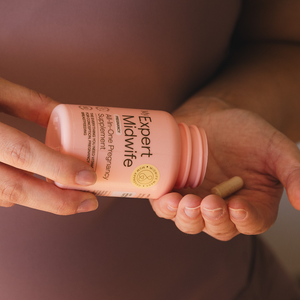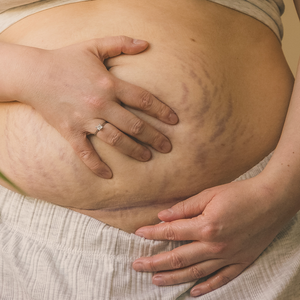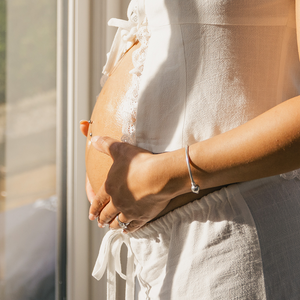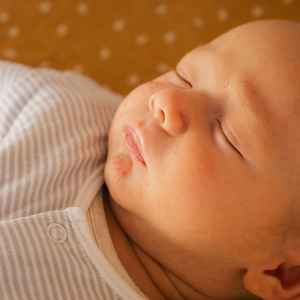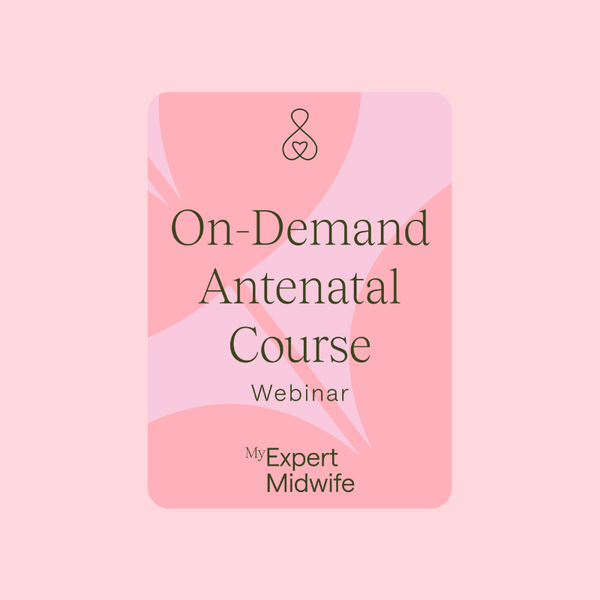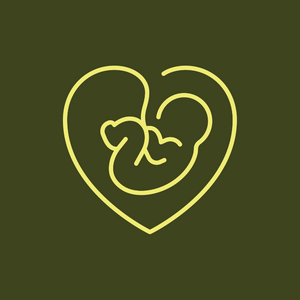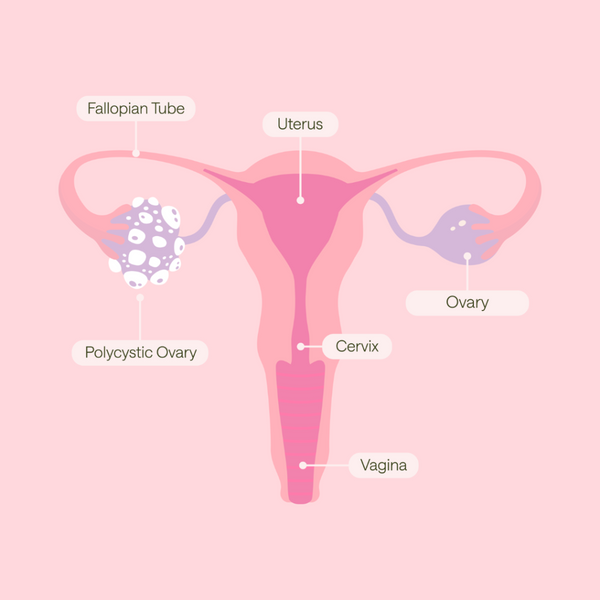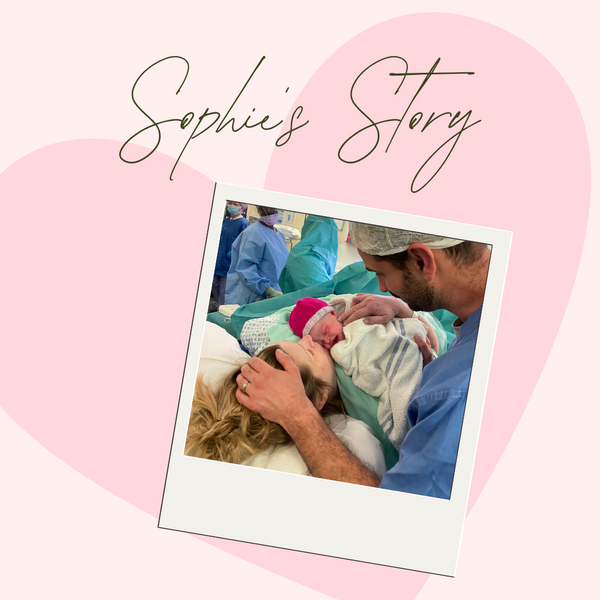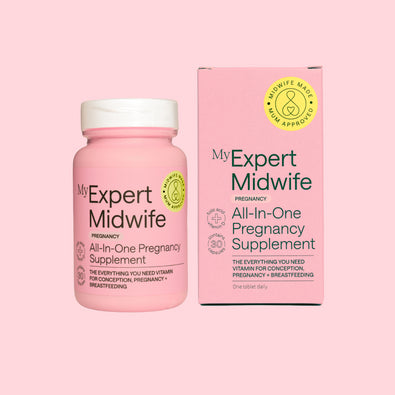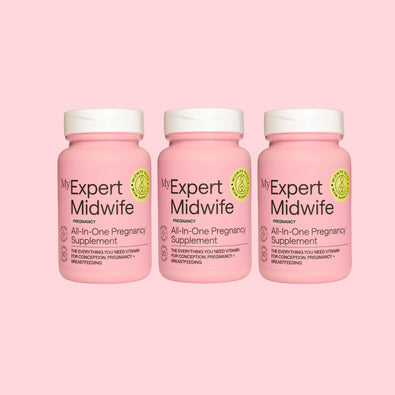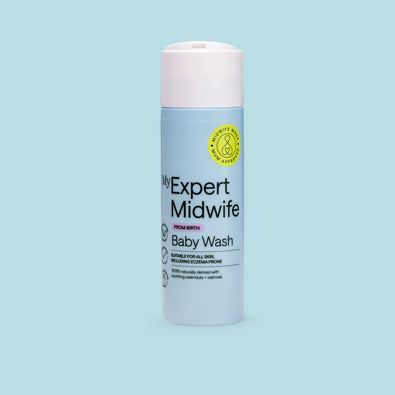What is cradle cap?
Infantile seborrhoeic dermatitis is also known more commonly as cradle cap. It is one of the most common skin conditions amongst babies, estimated to affect up to 70% of under 1-3 month olds. Cradle cap is a non-contagious skin condition that presents as scaly, dry, flaky patches which occasionally become thickened and can appear yellow and crusty.
On brown and black skin, cradle cap appears as darker patches sometimes covered with white or yellow scales. It usually appears on the scalp, face, behind the ears, and back of the neck but may also be seen in the armpits, groin, and nappy area.
Although it may appear unsightly, it doesn’t usually cause babies any distress or discomfort. However, if not cared for appropriately, it can become infected and sore which can be upsetting for your baby, and for you. If it is itchy, then it could be that your baby has developed atopic eczema but seek advice from your healthcare provider if you suspect this.

How to diagnose cradle cap
Cradle cap is easily diagnosed by your Health Visitor, pharmacist, or GP and doesn’t require anything more than a physical examination, so no blood tests or swabs.
What causes Cradle Cap?
There is still some difference of opinion amongst healthcare professionals but there appear to be two main causes:
- An over-production of sebum (oil) which traps dead skin cells, forming a scaly layer
- The presence of a fungus called Malassezia
What we do know is that cradle cap is not the result of poor hygiene practices, so rest assured this is not something you have caused.
How to treat cradle cap
Caring for cradle cap is quite simple:
- Keep the area clean using a natural and baby-specific wash/cleanser such as Mega Mild Moisture Wash which can be used as a shampoo as well as body wash. Using tepid water gently massage the area to loosen crusts and excess scale
- Brush the affected areas using a soft baby hairbrush in a gentle circular motion, avoid anything harsh which could damage the skin potentially leading to infection
- Keep the area moisturised with a natural and expertly developed product designed to hydrate and soothe skin, like Super Charged Skin Salve. Use this daily by massaging gently into the affected area to loosen some of the crusts and scales whilst protecting baby’s vulnerable skin
- Avoid any products containing perfumes which are drying and harsh on baby’s skin
- Avoid olive oil and nut oils which could cause allergic reactions or damage the precious baby skin barrier
- Never pick or scrape the affected area as this can lead to broken skin opening it up to infection
- Occasionally as the crusts come away some hair may also come with it, don’t worry it will grow back
- Your baby may need an anti-fungal topical treatment if a fungal infection is suspected
- In most cases, cradle cap will disappear by the age of 12 months, however in some babies it may persist beyond this
- Seek medical advice if the affected area appears infected, or if baby appears unwell
